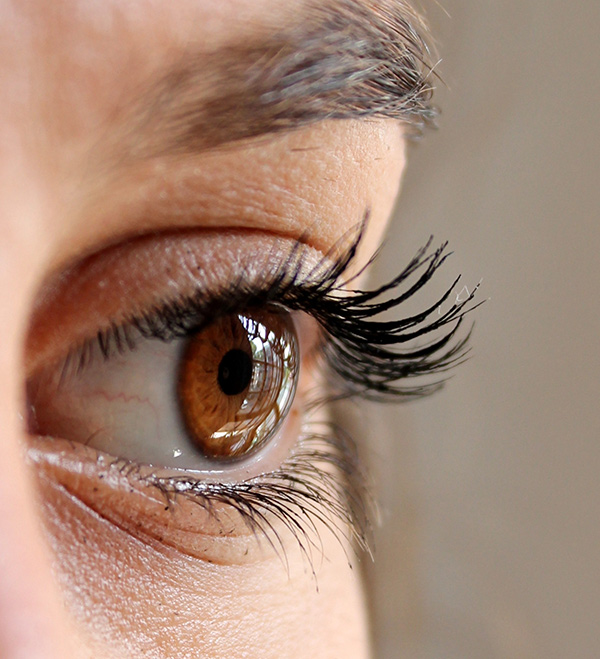- Home
- Find A Physician
- FIND A PHYSICIAN
- LymeTimes
- Current Issue
- Archives
- FEATURED LYMEDISEASE.ORG ISSUES
- Resources
- LYME LITERATE PHYSICIAN VIDEOS
- Physicians
- Members
- About Us
- Resources
D r. William V. Padula is a pioneer in the field of how Lyme and other tick-borne diseases can affect your vision. He’s worked with patients from all over the world. Many of them had no idea that Lyme and TBDs were at the root of their deteriorating eyesight.

Though treating the underlying infections is necessary, he says such treatment alone may not be enough to resolve vision problems. Instead, he finds that many patients also need various kinds of visual rehabilitation.
In a recent Zoom conversation, he explained to me that among other things, Lyme disease can cause spatial-visual processing dysfunction. This isn’t a defect of the eye itself. Rather, the issue is that the brain has trouble processing the signals the eyes send to it. It’s a neurological impairment.
Spatial-visual processing dysfunction can result in eyestrain, headaches, light sensitivity, and double vision. “Also, people who have a compromised spatial-visual process can have difficulty in crowded, moving environments,” he says.
As a result, people with this disorder may feel overwhelmed by seeing anything moving in their peripheral vision. Much like people who have suffered concussions, Dr. Padula says, many folks with Lyme find they must strictly avoid busy supermarkets and other congested places.
Proprioception
The spatial process links up to what’s called proprioception—how the brain senses when the body is in an upright position, says Dr. Padula. “A frequent complaint of patients with tick-borne infections is that they feel clumsy—they are bumping into tables and doorways. Some have balance problems or actually fall.”
“Many of the patients had no idea that Lyme and TBDs were at the root of their deteriorating eyesight.”
His visual rehabilitation techniques use special lenses and prisms to help the brain “reset” the way it processes information.n…….Join or login below to continue reading.
You must be a LymeDisease.org member to access this content.





























